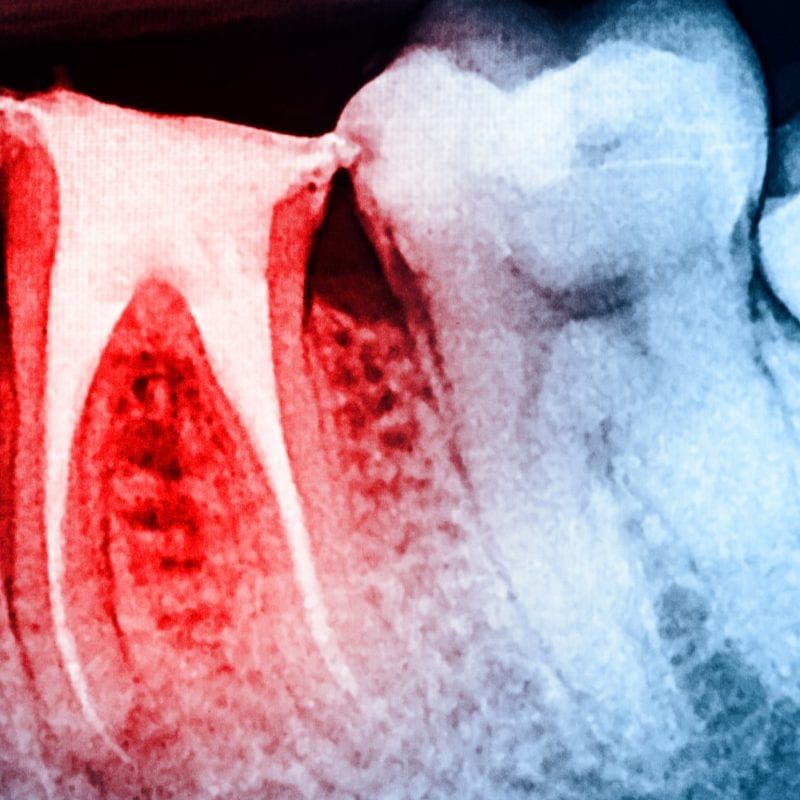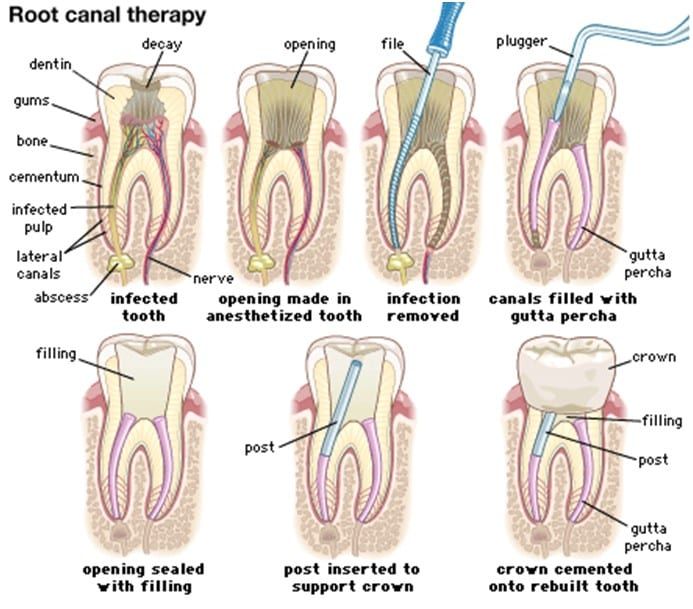More and more dentists have started placing more confidence in implants, losing their faith in endodontic therapy. As lecturers and manufacturers continue to push for implants, endodontic procedures such as root canal treatment, crown lengthening procedures, and even endodontic retreatments are being pushed aside because the implant has a higher success rate than endodontics. This isn’t true – endodontic treatments and implants have practically the same failure rates, even when performed by dentists of different backgrounds. As more dentists are jumping for implants, good clinical endodontics still needs to be maintained. But finding the root of the issues can come down to how endodontic treatments conserve tooth function, and dentin conservation is one of those topics of discussion.
Reevaluating Conservation in Endo-Restorative Care
One of the primary principles of endodontics is to clean, shape, and fill the root canal system to provide structural support from decay and disease. This is the basic function of endodontics that almost everyone learns. However, the second, often unmentioned principle is about managing tooth restoration and reestablishing the occlusion needed to support it fully. If an endodontist cannot do this, then why does it matter at all? One of the biggest mistakes endodontists often make with their treatments is this lack of focus on occlusion during the restoration process. As a result of the failures from this ignorance, more dentists are defaulting to implant restorations to avoid this issue. But this lack of exploration of the concept is hurting the endodontic field, and it’s important to explore these failures and find ways to overcome them through a proper understanding of the problems at hand.
One of the biggest failures that pervade endodontics is the excessive removal of dentin and over-enlargement of the canals. Excessive shaping of the dentin can lead to further complications, causing fractured post and cores, coronal leakage, cavities, and an overall more weakened tooth. When diving further into this issue, there are at least four contributing factors that play into this source of failure in endodontics, which include:
- Overuse of Shaper Tools: Tools such as gates, glidden burs, pisco reamers, and other shaper tools can often interfere with proper irrigation techniques, and excessive removal to accommodate for that can reduce the tooth’s structural integrity, making it highly excessive overall.
- Excessive Taper Preparations: The variable taper preparations used for root canal instrumentation tend to clean the root canal system, but it can be difficult to predict the proper shape needed for root canal treatment.
- Extra Large Taper Preparations: On the other hand, constant taper preparations, which have a more strict tip technique, can be kinder on the root canal. But if the coronal tooth structure is too large, then it can lead to the radical removal of healthy dentin.
- Overaccommodating Obturation Techniques: Excessive coronal shaping can also be caused by obturation techniques that result in a wider enlargement of the root canal area. By overtly attempting to accommodate the necessary treatments, it can damage the dentin structure and ruin the original tapering techniques.
These factors all play a heavy role in the deterioration of healthy dentin when attempting to treat pupal diseases. Many endodontists are attempting to resolve this through directed dentin conservation, or more specifically, preserving the dentin structures during cavity preparation. As one primary method for reducing the rate of endodontic failures, it can also potentially contribute to the development of more conservative care techniques.
How We Correct and Preserve the Dentin During Access
With the choice between root canal therapy and implant placement, many factors need to be considered when attempting to maintain the patient’s tooth structure. Implant placement often involves greater expenses, time, and inconvenience for both the dentist and the patient when compared to endodontic therapy, but it is also a highly successful choice for resolving missing spaces in the oral cavities and teeth faced end-stage failures. However, if a suitable tooth can be saved, then endodontic therapy is the best and most conservative choice.
Despite the consequences of deep, excessive coronal shaping, utilizing endo-restorative techniques and materials can help reduce and remove this risk from endodontic procedures. This includes paying attention to root canal shapes, discrepancies between post sizes and canal shapes, and newer tapering preparation methods for treating the affected tooth. Most of all, integrating directed dentin conservation can help improve the overall outlook of endodontic care and its potential to breach the endodontic circle and reach out to prosthodontists and restorative dentists with these forms of care.
With the help of directed dentin conservation, patients can experience better forms of care, even when faced with complex tooth problems. When it comes to these benefits, dentists can work to improve this use of dentin conservation through:
- Safe Instrumentation: Better rotary file systems, such as the constant taper preparation system, can work to provide a narrow but accessible space that can also access the long and curved canals. This also allows for maximum conservation and effective infection removal for patients with infected pulp material.
- Effective Obturation Techniques: Endodontic obturation techniques, such as the warm condensation technique, can provide better sealing capabilities that work to protect the inner canals from future reinfections and help preserve the inner dentin from further damage.
- Protective Bonding Systems: Efficient bonding systems can work to restore the natural tooth through the use of necessary activators. These bonding systems can, in turn, provide long-lasting restoration while increasing dentin conservation overall.
Overall, dentin conservation must be part of the equation to allow for maximum protection against endodontically treated tooth failures. Through better clinical decisions, patients can experience greater success with their endodontic procedures, avoiding the costs associated with implant treatments and preserving their natural tooth structure without worry. Patients wishing to learn more about conservative endodontics, dentin preservation, and other treatment options can go to their local dentist for more information. Through your local endodontist, they can provide you with the treatments you need for a healthier, natural smile.






